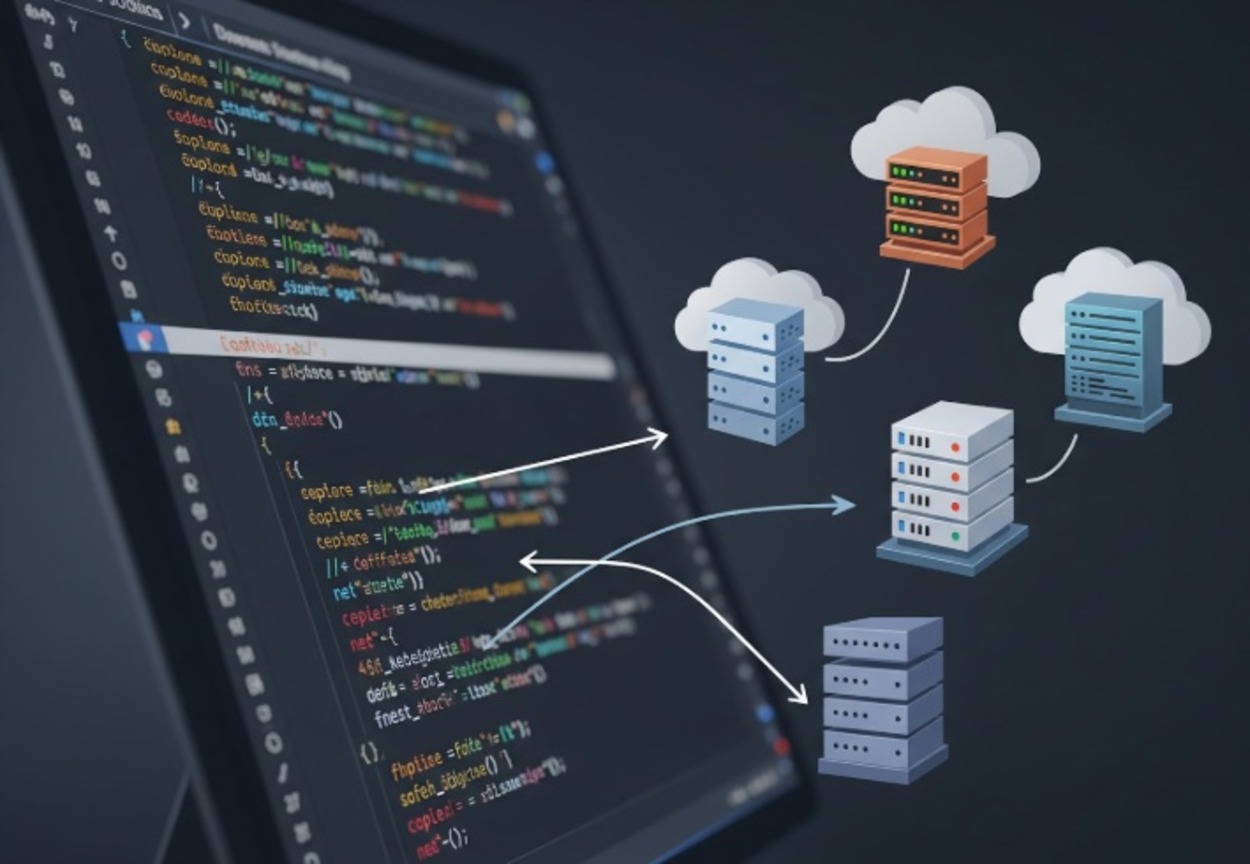
DevOps for Embedded Development: Bridging the Gap Between Software and Hardware
- August 18, 2025
- 0

Embedded systems have traditionally been viewed as distinct from mainstream software development because of their reliance on intricate hardware dependencies, lengthy release cycles, and manual processes. However, as embedded systems become increasingly complex and connected, the principles of DevOps, which emphasize automation, collaboration, and continuous delivery, are proving to be not just beneficial but essential.
This article expands upon the concepts introduced in my online presentation for the Embedded Israel meetup, also available recorded.
Contents
Why DevOps for embedded?
In embedded development, the fundamental promise of DevOps—faster feedback loops, automated pipelines, and increased reliability—is even more important. Embedded systems, in contrast to mobile or web applications, directly interact with physical hardware, introducing unique complexities. Manual firmware flashing, plugging and unplugging cables, and delayed testing on physical boards can significantly slow down development.
By embracing DevOps, we can automate many of these historically manual steps. It denotes: Faster iteration: Build once, test frequently, and obtain quick feedback on actual device behavior as well as code changes. Early problem detection: Identifying issues early in the development cycle saves time and money in the long run. Increased scalability and reliability: Automating the testing and deployment processes enables teams to manage larger, more complex projects and results in products that are more stable.
Even though the advantages are obvious, embedded DevOps has its own set of difficulties to overcome:
- Hardware-software integration: Code must work seamlessly with specific hardware, making simulation and automated testing more complex.
- Limited resources: Microcontrollers frequently face severe CPU, RAM, and storage constraints, necessitating efficient toolchains and optimized code.
- Real-time requirements: Continuous integration and deployment (CI/CD) setups must assist in verifying the strict timing constraints of many embedded systems. Reliability and safety are of utmost importance in vital sectors like the medical and automotive sectors.
- Diverse hardware platforms: Teams often work with multiple hardware platforms, each with toolchains and debugging procedures.
- Establishing the foundation: environment and toolchain management One of the first critical decisions in an embedded workflow is how to manage the build environment.
Native builds are simple for small projects, but environment drift can cause problems with “it works on my machine.” By securing compiler versions, dependencies, and build scripts, virtualized builds, particularly those made possible by Docker, provide an environment that is consistent and reproducible. This stability is essential for collaborative development and CI/CD. Cross-compilation and static linking
Cross-compilation is essential because embedded devices frequently lack the resources necessary for on-device compilation. For the intended embedded architecture, we use a more powerful host machine to compile the code. This process is made easier by the fact that many vendors offer official toolchains, like Espressif’s ESP-IDF for ESP32 or Buildroot or Yocto’s ARM compilers for STM32. Another common technique is static linking, in which every necessary library is directly integrated into the final binary. It simplifies deployment by eliminating missing library issues, but can result in larger binaries.
Emulation with QEMU
QEMU is a virtualizer that lets developers emulate embedded systems like the STM32 or Raspberry Pi on their host computer.
This is extremely useful for:
- Early development: Testing software before physical hardware is available.
- CI/CD integration: Running virtual test runs within the CI pipeline.
However, QEMU has limitations, especially regarding peripheral support (e.g., SPI, I2C sensors, custom GPIO). Despite this, it remains a powerful tool for accelerating early development and CI.
Docker is going to change embedded development forever. - Now, here’s my favourite part: Docker is a game-changer for all development these days, mainly because it solves some of the messiest problems we face — inconsistent toolchains, conflicting dependencies, and onboarding pain.
Let’s look at three ways it makes life easier:
- Reproducible toolchain environment: Docker images package the exact compiler, linker, and SDK versions, ensuring consistency across all development environments.
- Cross-compilation targets that are isolated: Teams can avoid toolchain conflicts by creating isolated Docker images for various boards or architectures (like the STM32 and ESP32, for example).
- CI/CD integration & faster onboarding: Docker images integrate seamlessly with CI/CD platforms like GitHub Actions, and new developers can get started quickly with a pre-configured environment.
CI/CD with GitHub Actions
Due to its adaptability and seamless integration with Git repositories, GitHub Actions is an excellent choice for embedded projects. Automated builds, cross-compilation, and testing are made possible by workflows, which are defined in YAML files located within the.github/workflows directory. A series of automated steps, such as building, testing, or deploying code, are outlined in these workflows and are triggered by pushes, pull requests, or scheduled intervals.
Key features for embedded workflows include:
- buildx: A Docker CLI plugin that supports building Docker images for multiple embedded architectures directly within the pipeline.
- QEMU runners: Enable GitHub Actions to emulate target CPUs, allowing for significant testing without physical hardware.
- GitHub runners: Public vs. self-hosted
These workflows are dependent on runners, which are virtual or physical machines that carry out the actual jobs. They do not operate independently.



















